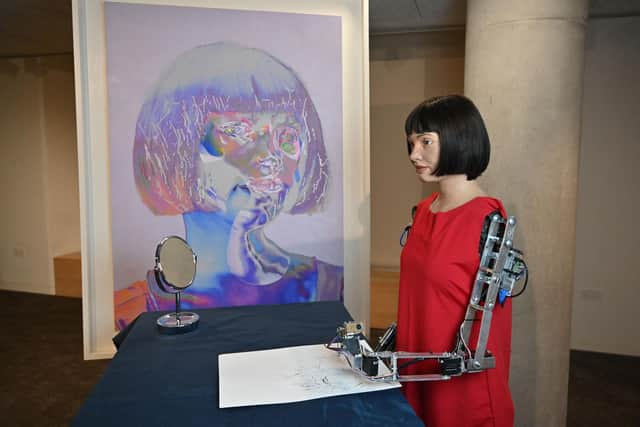AI art on demand presents novel legal challenges - John McGonagle
Images generated by artificial intelligence (AI) present novel legal challenges and uncertainties. Questions remain over copyright protection, authorship attribution – and whether using copyright images to “train” AI models amounts to copyright infringement. So what must legal experts consider when dealing with disputes?
In the UK, copyright subsists in "original” artistic works. It is uncertain whether AI images have the necessary quality of "originality" to benefit from copyright protection. A person entering a text prompt is not making any of the sorts of choices that would usually express human creativity in creating an image: composition, colour, shape etc. This is generated by the AI. However, current AI models do not seem to be expressing creativity in the same way as a human, instead generating images using more random and mechanical methods.
Advertisement
Hide AdAdvertisement
Hide AdOnly natural or legal persons can be authors of copyright works in the UK. For artistic works, an author must have played a substantial role in fixing the work in some material form. A person that merely conceives an idea and directs someone else to create the artwork will not be the author. However, AI text-to-image generation seems to have moved beyond cases where a computer is being used as the mere tool.


It could be suggested that the author and first owner of copyright would be the human creators of the AI rather than the user inputting the text descriptions, but it could easily be the person setting the parameters for image generation. This must be carefully considered by courts and law makers on a case-by-case basis.
To generate a "new" image, an AI model must first be trained to understand text inputs and know what an image matching that text looks like. In basic terms, AI models are "trained" to do this by processing existing images to identify patterns which set how much weight is given to certain parameters in the model.
Huge amounts of data are required. Many images (even those generally available to view online) will be protected by copyright. Owners of copyright images often require licences to be purchased to use their images for commercial purposes. Whether the use of these images in AI training without the consent of the copyright owner amounts to infringement is uncertain, and several legal complaints have already been raised.
A related concern is that existing artworks have been used to "train" AI models in such a way that the software can produce works that mimic the style and output of particular artists. This is naturally a concern for artists – their "style" is unlikely to be protectable by copyright in most jurisdictions. In the UK, depending on the context in which works are sold, there may be scope for arguing distribution of such works amounts to passing-off.


This leaves the user of AI text-to-image generators with questions about how to ensure ownership of copyright and tackle infringement. These should ideally be considered before the AI images are put into use.
It is important to ensure that the licence permitting use of the AI text-to-image tool addresses copyright appropriately, since this may govern first ownership of copyright in generated images and the rights afforded to users.
Where AI images are being used as part of projects involving or commissioned by third parties, the contract with third parties should consider the legal status of AI images and the issues outlined above.
Advertisement
Hide AdAdvertisement
Hide AdThe ongoing legal uncertainties around infringement via AI training practices may also create concerns for users of AI text-to-image generators when there is a growing backlash from artists and media organisations. If the data used to train certain AI models is found to have been used unlawfully, this may create further uncertainties about the legal status of the generated images.
Ultimately, resolution of these legal issues will make use of AI in the creative industries more fair and ethical for everyone.
John McGonagle is a Senior Associate at Dentons